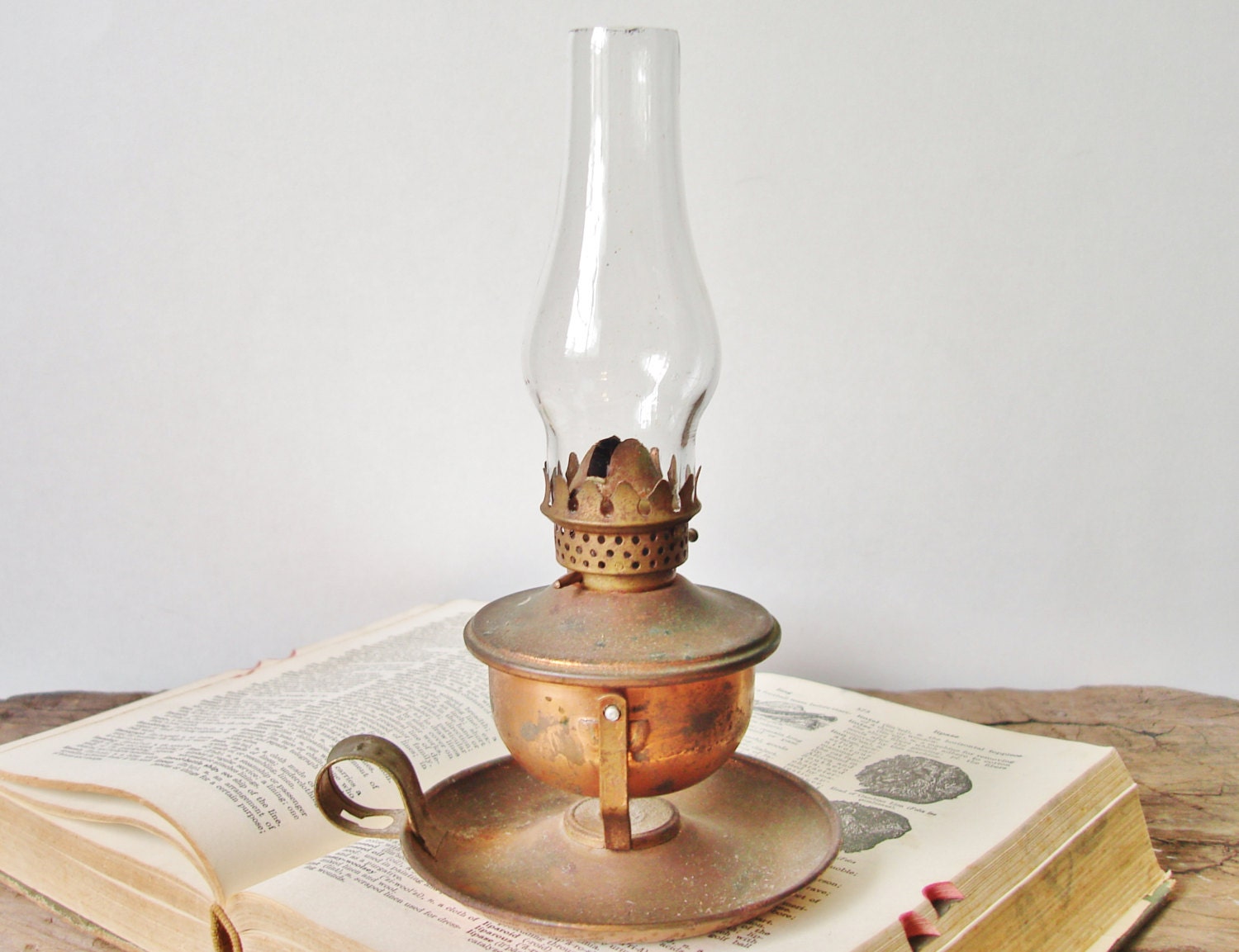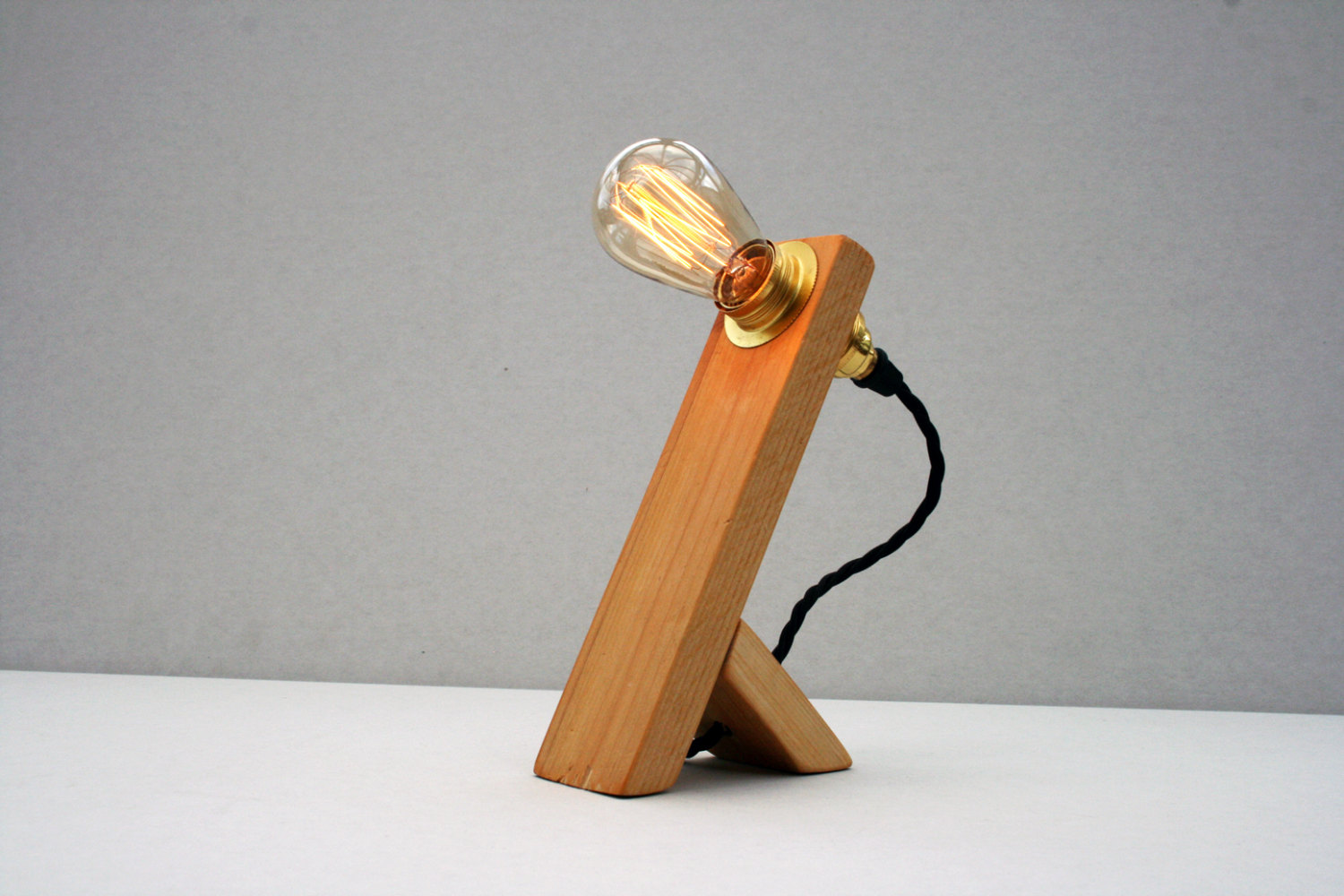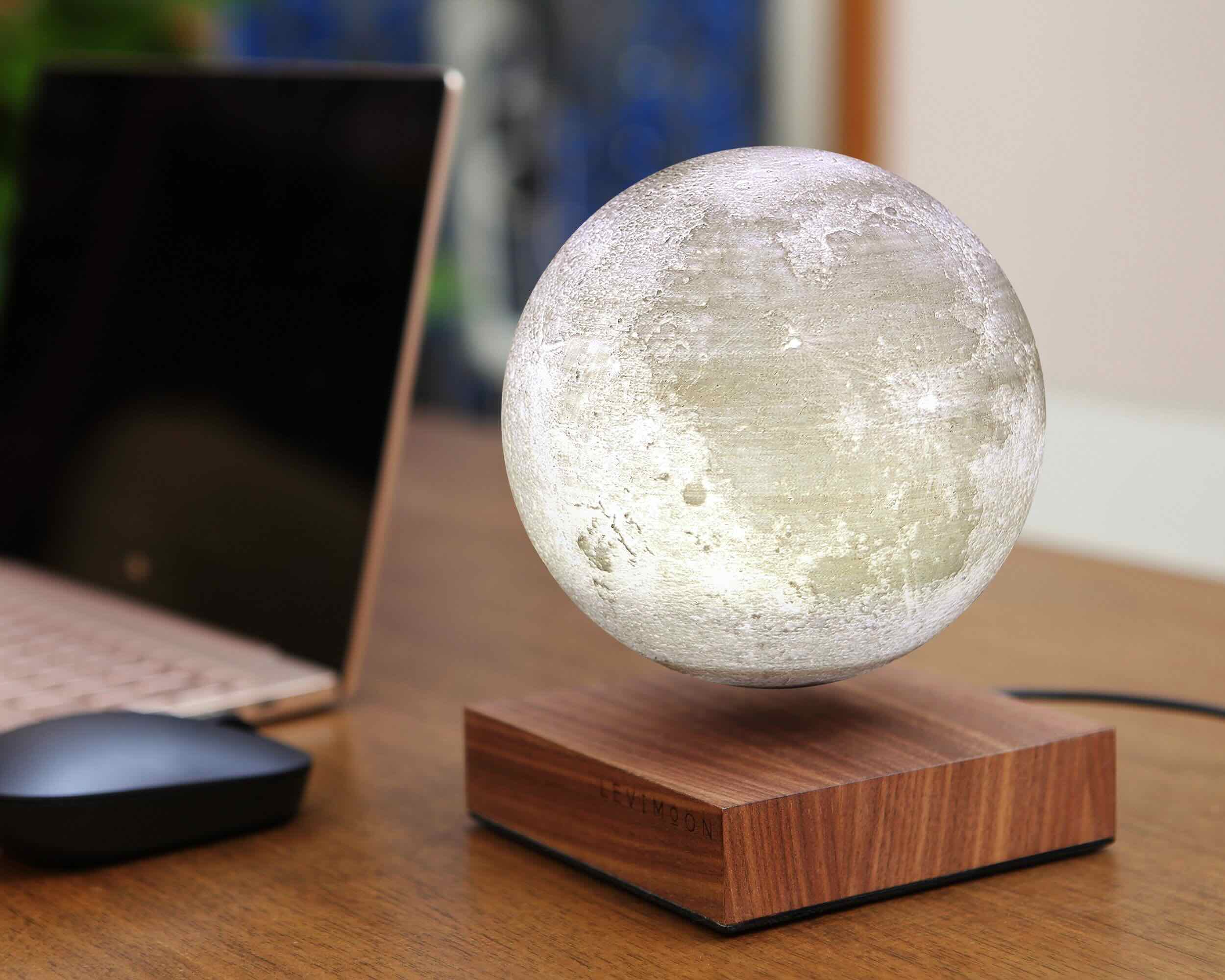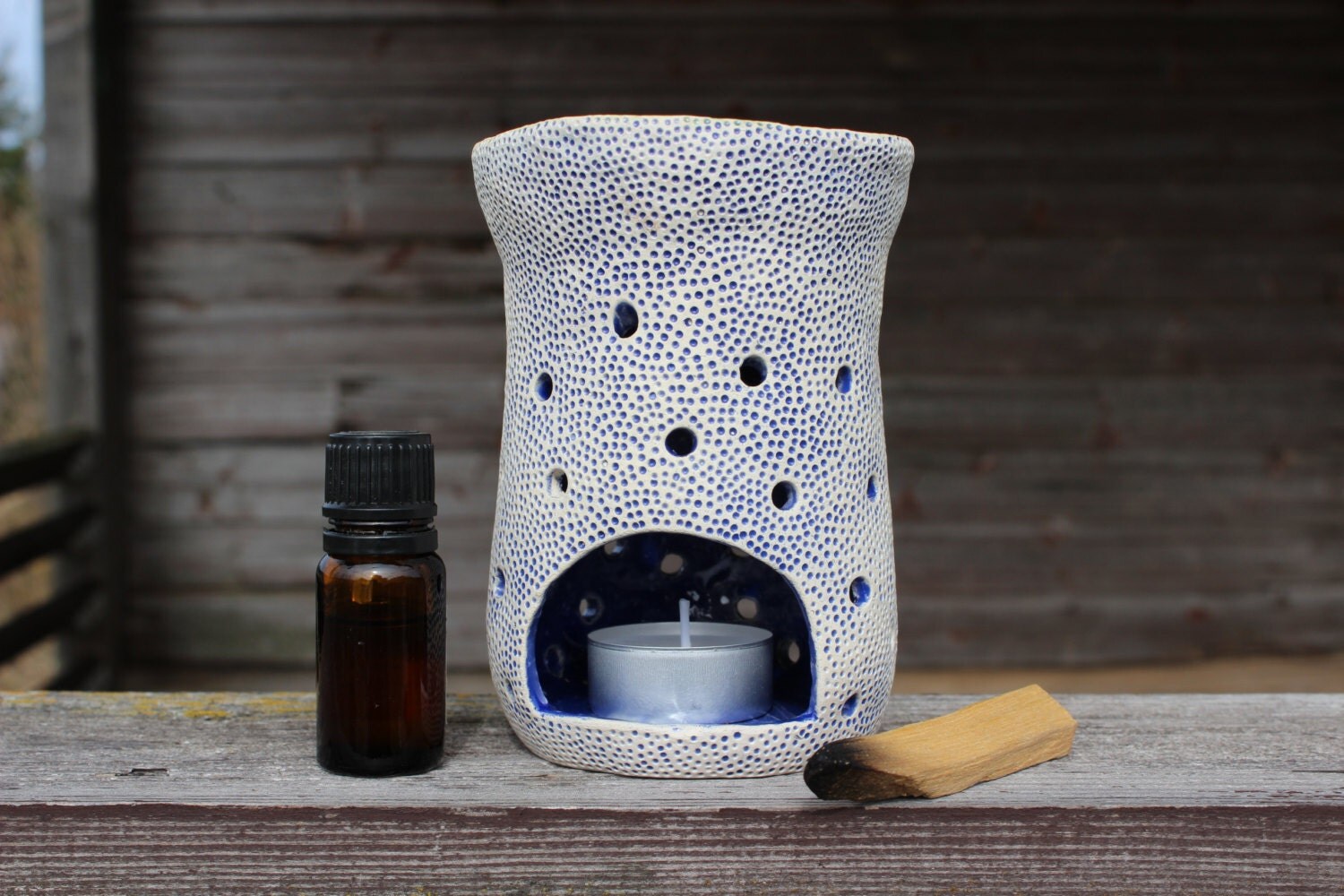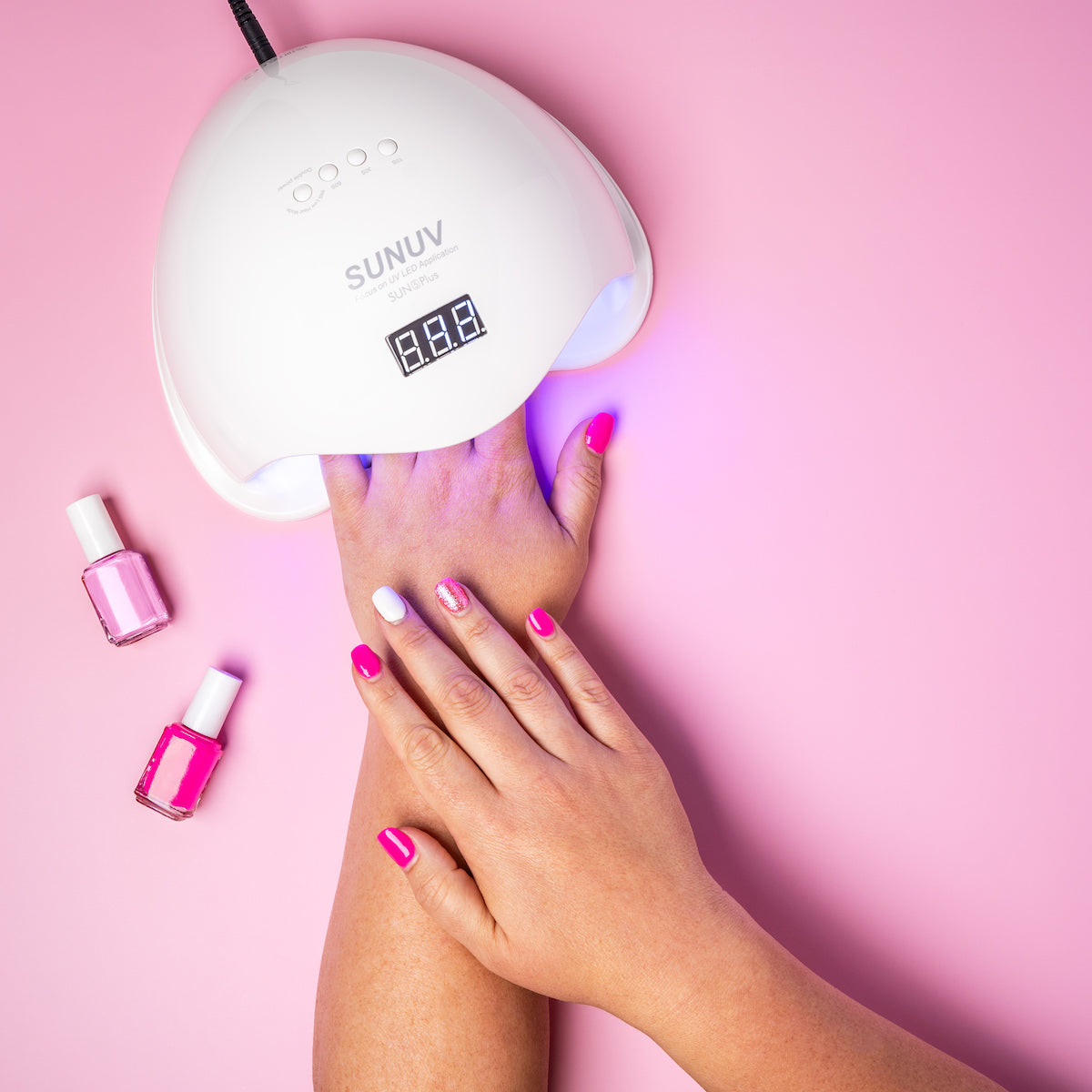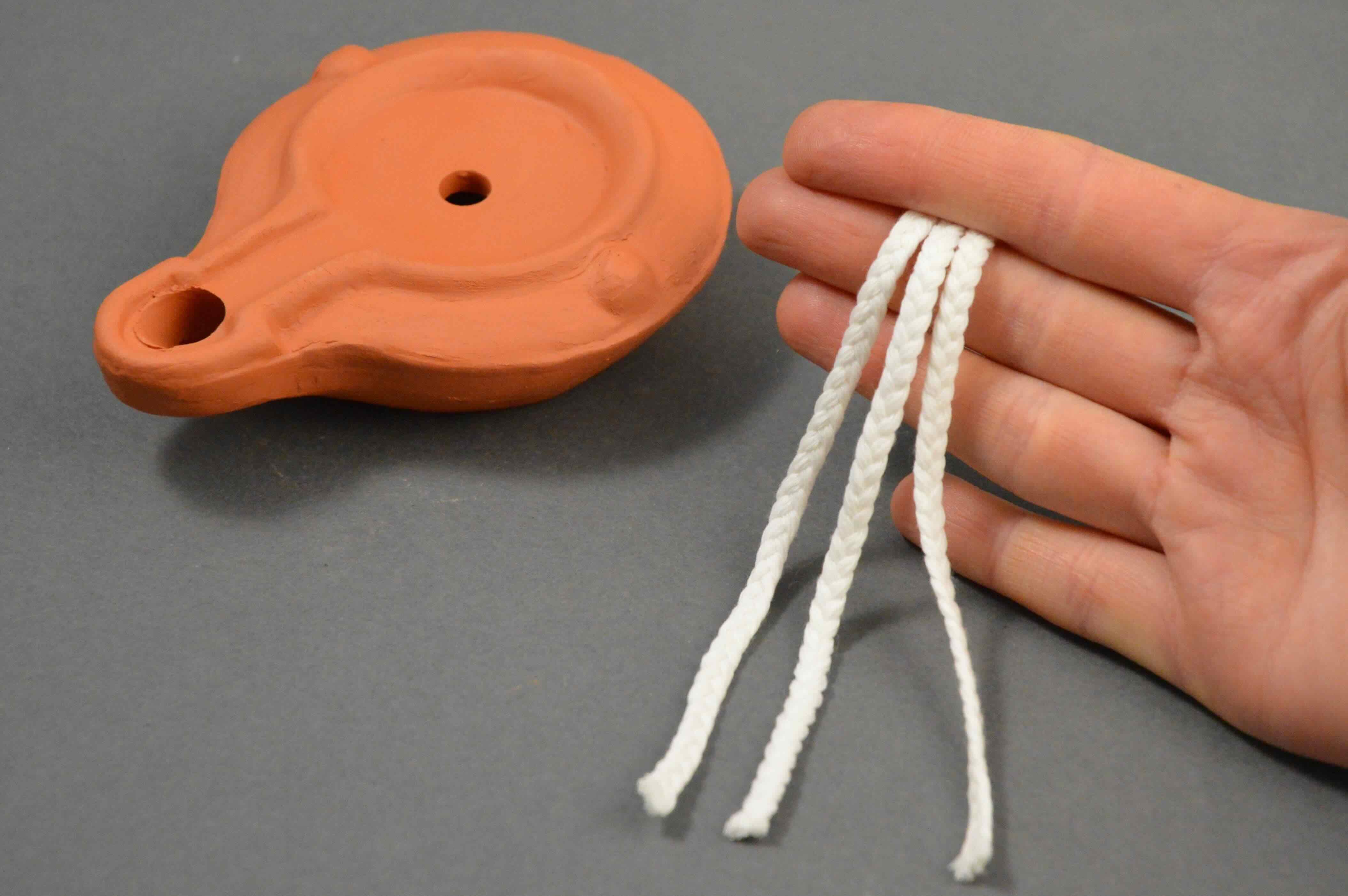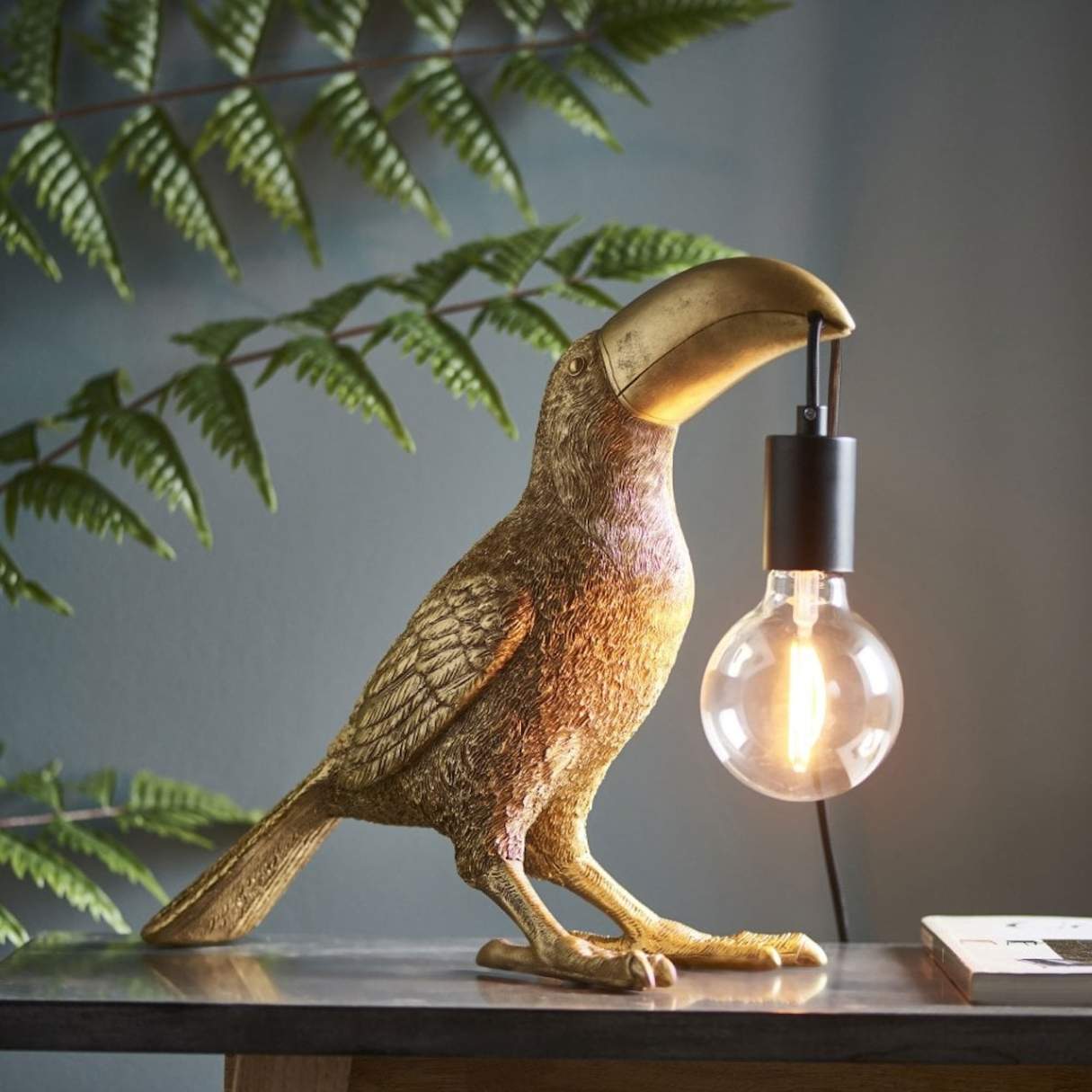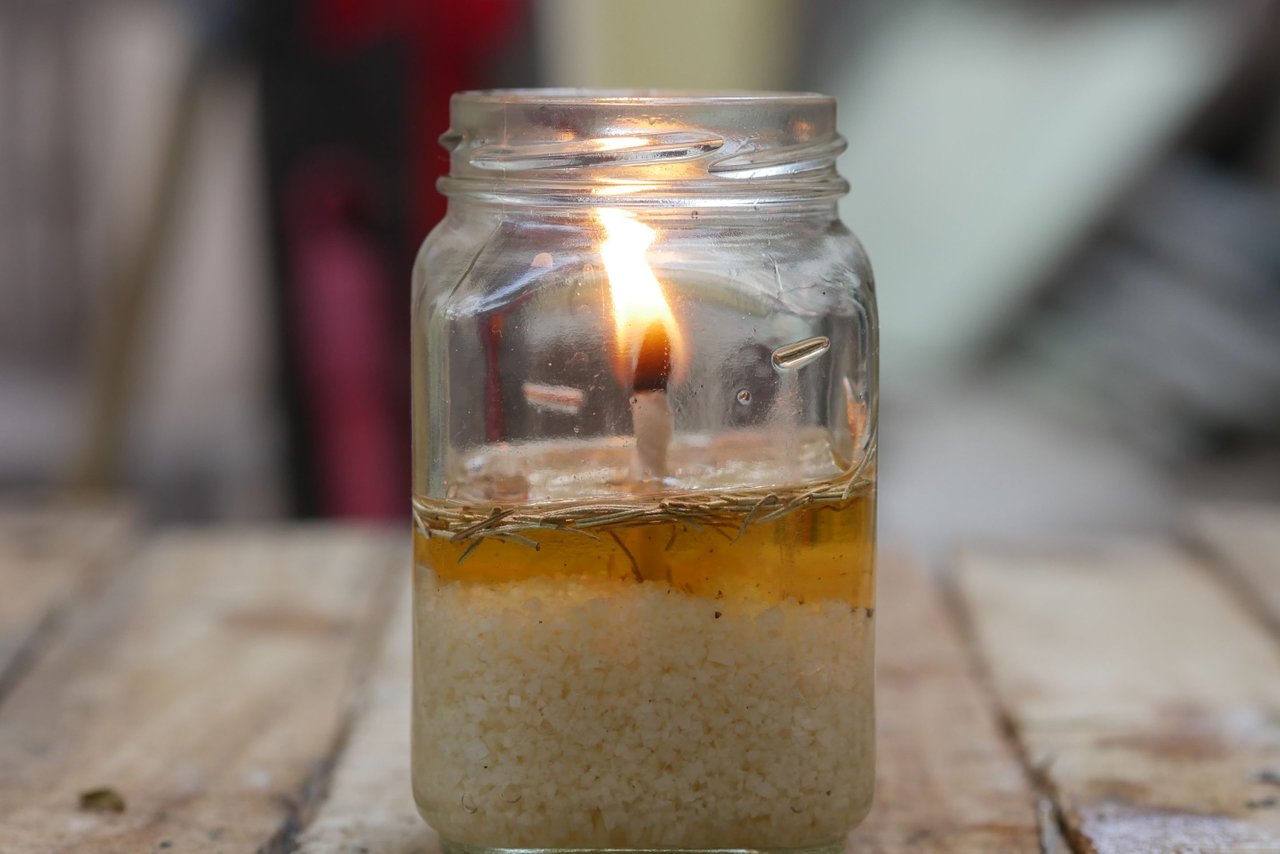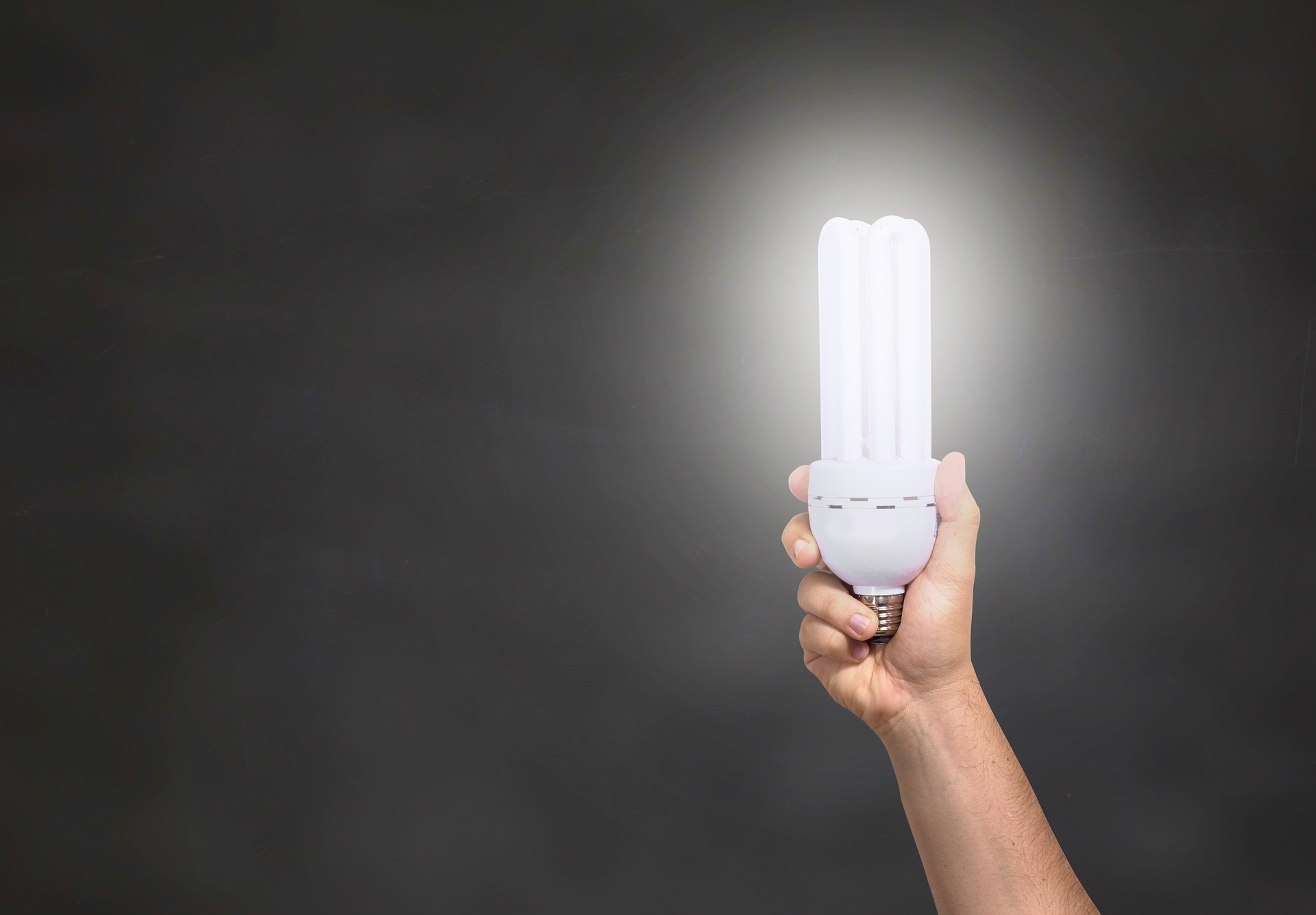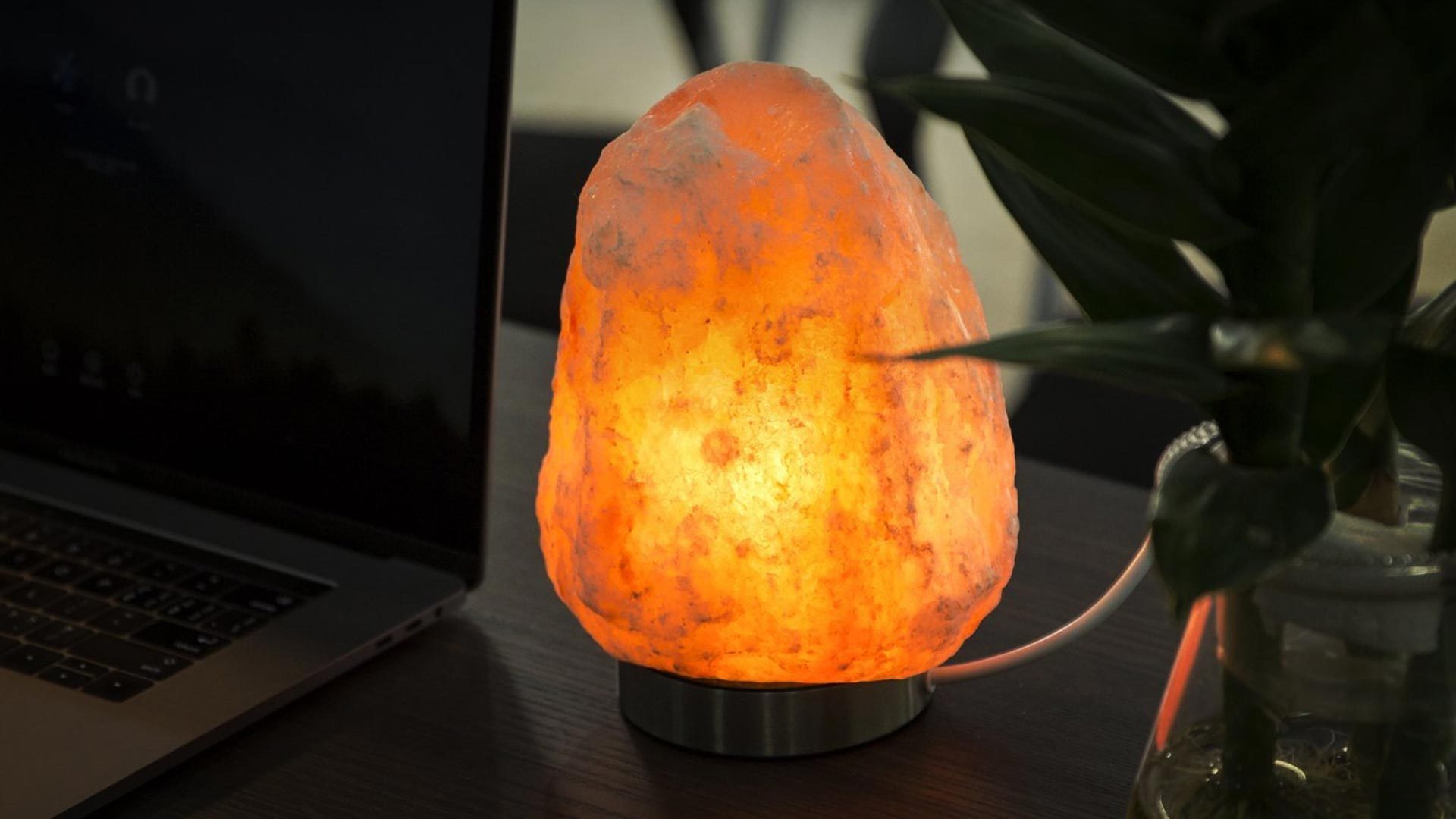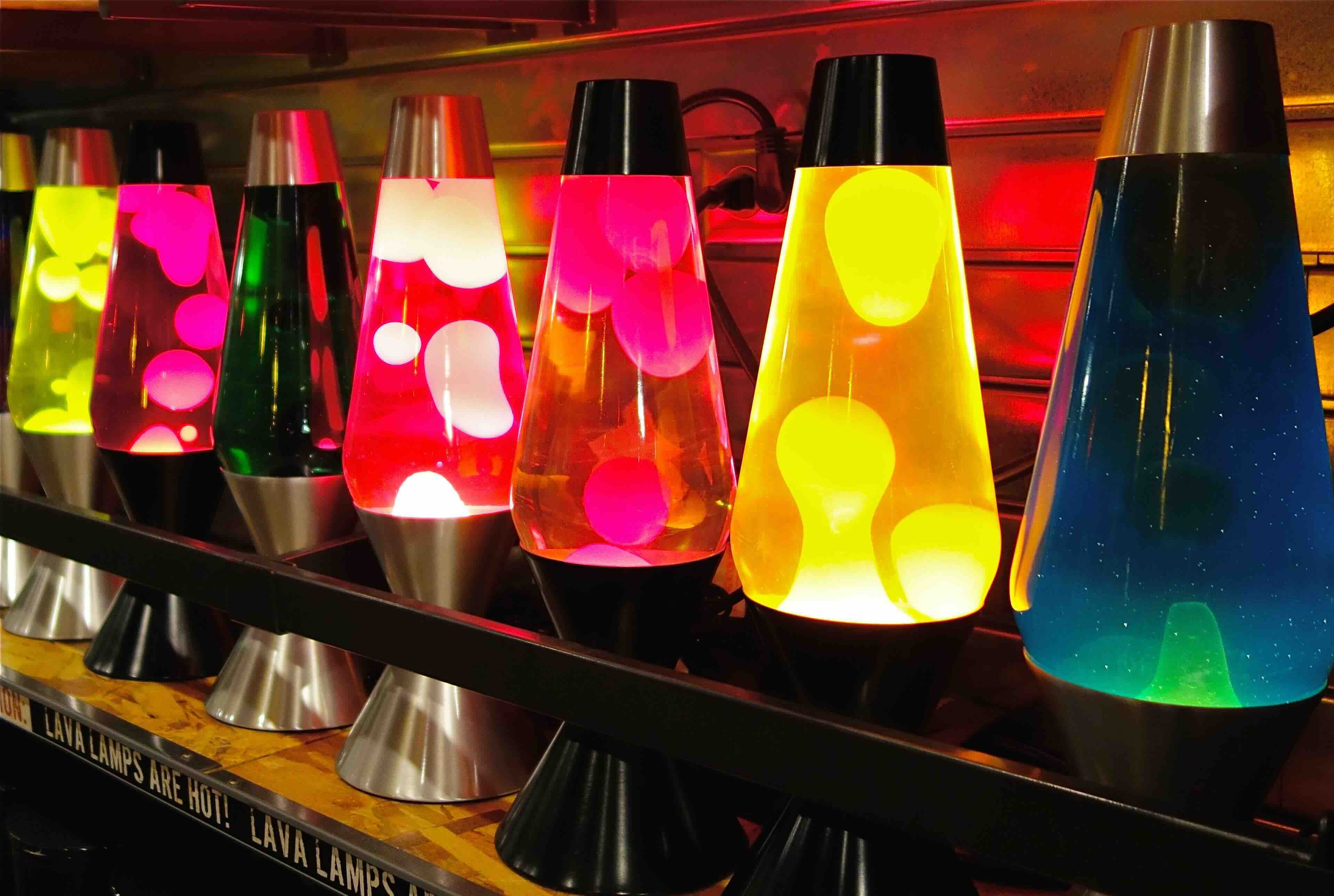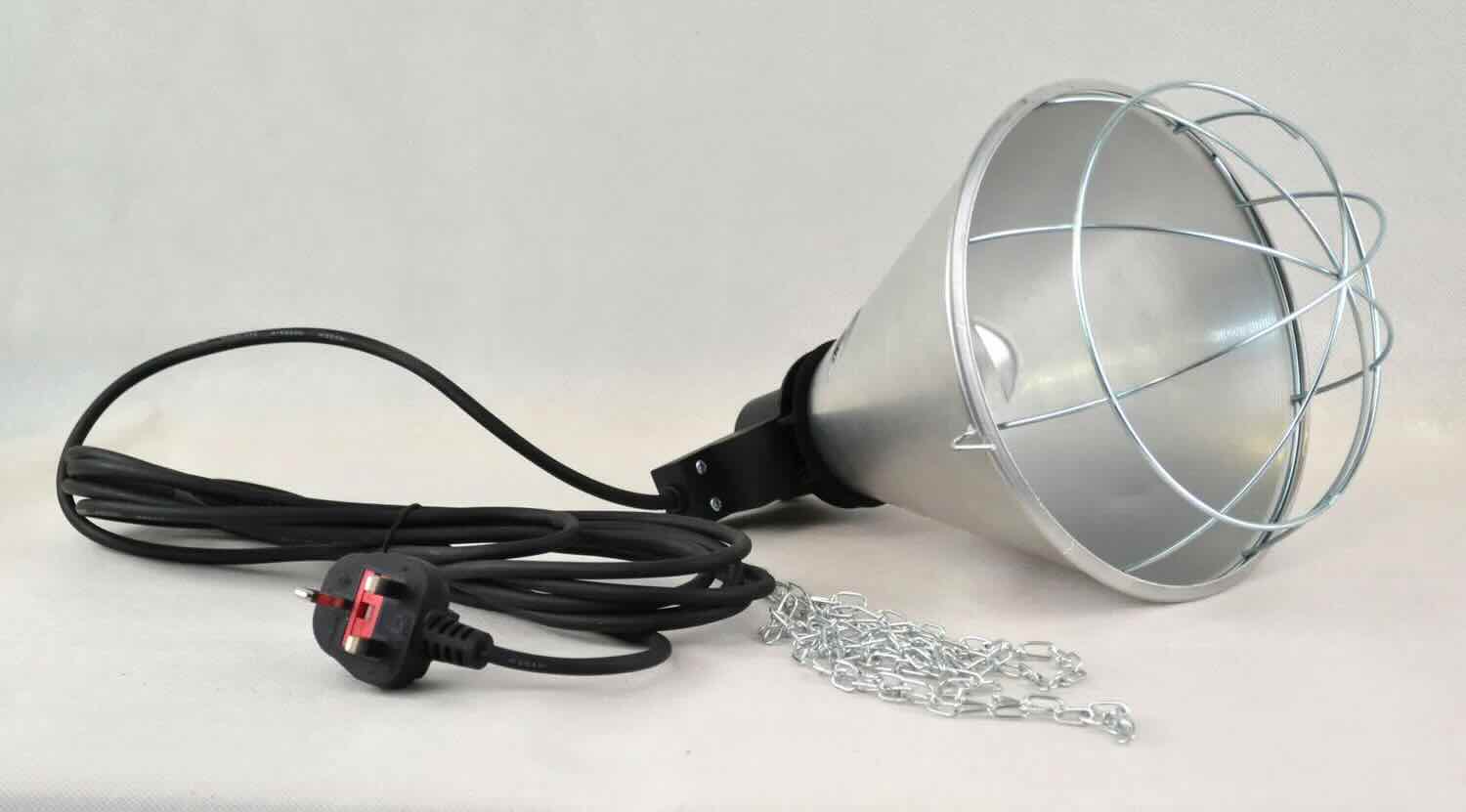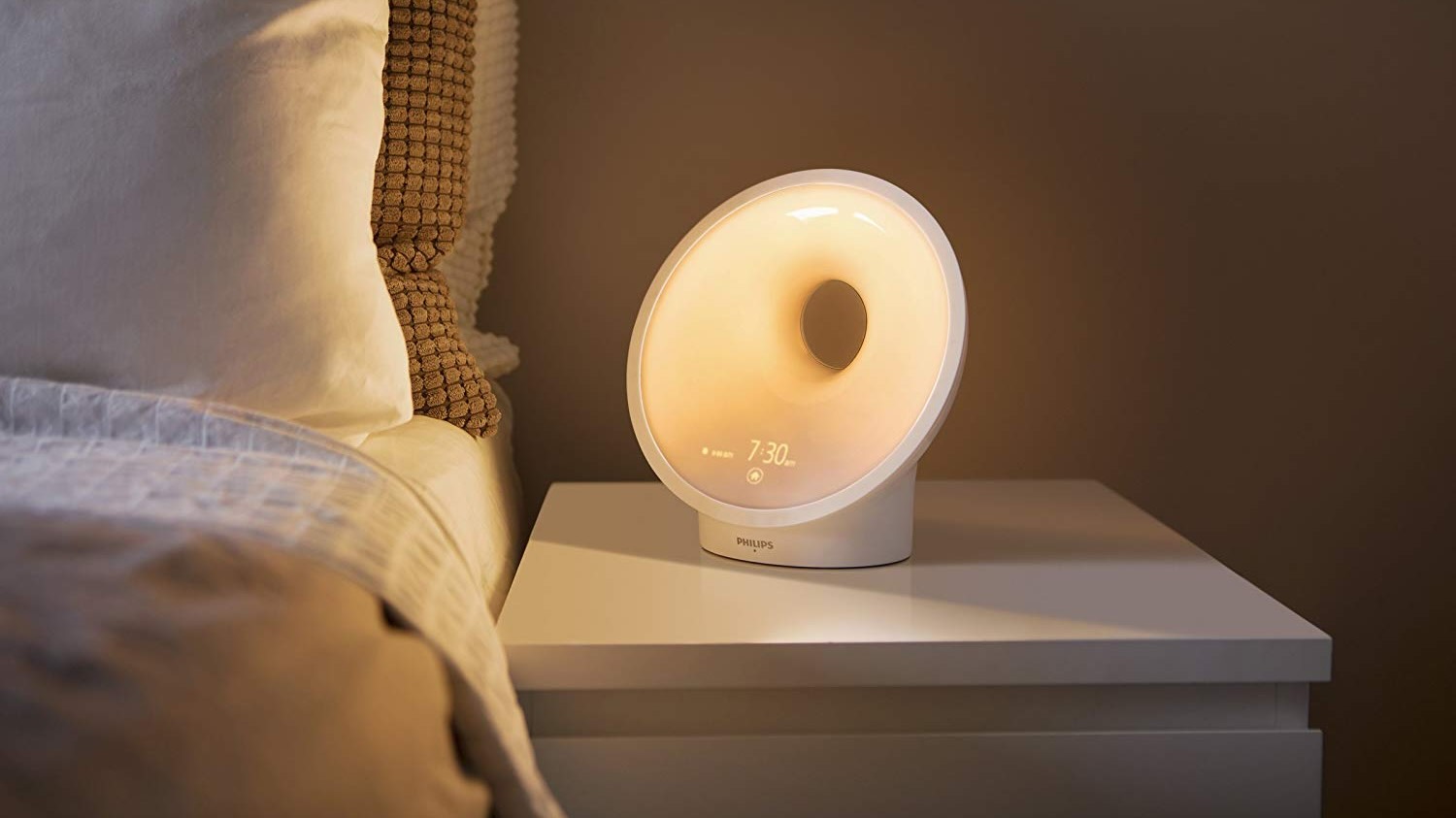

Furniture
How Long To Use A SAD Lamp
Modified: January 18, 2024
Looking for a SAD lamp? Find out how long to use a SAD lamp and get the best furniture for your health and well-being. Don't miss out on the benefits!
(Many of the links in this article redirect to a specific reviewed product. Your purchase of these products through affiliate links helps to generate commission for Storables.com, at no extra cost. Learn more)
Introduction
Welcome to the world of SAD lamps. If you’re wondering what a SAD lamp is and how it can improve your well-being, you’ve come to the right place. Seasonal Affective Disorder (SAD) is a type of depression that occurs during specific seasons, particularly during the winter months when daylight hours are shorter and exposure to natural sunlight is reduced. SAD lamps, also known as light therapy lamps, are designed to simulate natural sunlight and help alleviate the symptoms associated with this condition.
When the body is exposed to artificial light that mimics natural sunlight, it can have a positive effect on mood, energy levels, and sleep patterns. In essence, SAD lamps act as a substitute for natural sunlight, providing the body with the necessary light wavelengths that it may be lacking during the darker months. By incorporating a SAD lamp into your daily routine, you can potentially improve your overall well-being and reduce the impact of SAD.
It’s important to note that while SAD lamps can be beneficial for individuals with Seasonal Affective Disorder, they can also be used by anyone looking to enhance their mood and energy levels during the winter months or in areas with limited sunlight.
In this article, we will explore the benefits of using a SAD lamp, factors to consider when using one, and how long you should use a SAD lamp to maximize its effectiveness. Whether you’re new to SAD lamps or already familiar with them, this article will provide valuable insights to help you make the most out of this innovative lighting solution.
Key Takeaways:
- SAD lamps can improve mood, energy, and sleep patterns. Start with 20-30 minutes in the morning, adjust based on personal response, and consult a professional if needed for optimal results.
- Overuse of SAD lamps may lead to eye strain, headaches, and sleep disturbances. Moderation, adjustment, and healthcare professional guidance can minimize potential side effects.
Read more: How To Use A Sunset Lamp
What is a SAD Lamp?
A SAD lamp, also known as a light therapy lamp or a seasonal affective disorder lamp, is a device that emits bright light to simulate natural sunlight. It is specifically designed to provide relief for individuals who experience symptoms of Seasonal Affective Disorder (SAD), a type of depression that typically occurs during the winter months when there is less natural sunlight available.
These lamps are equipped with special bulbs that emit a specific spectrum of light, including wavelengths similar to those found in natural sunlight. The light produced by a SAD lamp is typically brighter than indoor lighting but is not as intense as sunlight. This makes it a safe and effective alternative for those who may not have access to adequate sunlight exposure due to geographical location, climate, or lifestyle constraints.
The primary function of a SAD lamp is to help regulate the body’s internal clock, known as the circadian rhythm. The circadian rhythm is responsible for regulating various bodily processes, including sleep-wake cycles, hormone production, and mood regulation. When the body is exposed to bright light, particularly in the morning, it signals the brain to decrease the production of melatonin, a hormone that makes you feel sleepy. This helps to increase alertness and regulate sleep patterns.
Additionally, SAD lamps have been found to stimulate the production of serotonin, a neurotransmitter that plays a key role in mood regulation. Serotonin is often referred to as the “feel-good” hormone as it helps promote feelings of happiness and well-being. Lack of sunlight exposure can lead to decreased serotonin levels, which may contribute to symptoms of depression and low energy levels. By using a SAD lamp, individuals can increase serotonin levels and improve overall mood and energy levels.
It’s important to note that SAD lamps should not be used as a replacement for professional medical advice or treatment. If you suspect you may have Seasonal Affective Disorder or any other form of depression, it’s advisable to consult with a healthcare professional for a proper diagnosis and personalized treatment plan.
Benefits of Using a SAD Lamp
Using a SAD lamp can provide a wide range of benefits for individuals affected by the symptoms of Seasonal Affective Disorder (SAD) or those looking to enhance their mood and well-being during the winter months. Let’s explore some of the key benefits of incorporating a SAD lamp into your daily routine:
- Improved Mood: One of the primary benefits of using a SAD lamp is its ability to improve mood. The bright light emitted by the lamp stimulates the production of serotonin, a neurotransmitter that plays a crucial role in mood regulation. Increasing serotonin levels can help elevate mood and reduce symptoms of depression.
- Increased Energy Levels: SAD lamps can help combat fatigue and increase energy levels, particularly during the darker months when individuals may feel more sluggish and lethargic. The light emitted by the lamp signals the body to decrease the production of melatonin, the hormone responsible for making you feel sleepy. This can help you feel more alert and energized throughout the day.
- Regulated Sleep Patterns: By using a SAD lamp in the morning or as recommended by a healthcare professional, you can help regulate your sleep patterns. The bright light helps reset your internal body clock, promoting wakefulness during the day and improving the quality of sleep at night. This can be especially beneficial for individuals who struggle with insomnia or have difficulty adjusting to seasonal changes.
- Enhanced Focus and Productivity: The increased alertness and improved mood that come from using a SAD lamp can result in enhanced focus and productivity. Whether you’re studying, working, or engaging in everyday activities, the lamp’s bright light can help keep you more attentive and motivated, leading to increased productivity and better performance.
- Decreased Symptoms of SAD: For individuals with Seasonal Affective Disorder, a SAD lamp can significantly reduce the symptoms associated with the condition. These may include feelings of sadness, irritability, low energy, and carb cravings. Regular use of the lamp can alleviate these symptoms and improve overall well-being during the winter months.
It’s important to remember that the effectiveness of a SAD lamp may vary from person to person, and results may not be immediate. Consistency and adhering to recommended usage guidelines are key to experiencing the full benefits of using a SAD lamp.
Factors to Consider when Using a SAD Lamp
While SAD lamps can be highly effective in alleviating the symptoms of Seasonal Affective Disorder (SAD), there are several important factors to consider to ensure optimal usage and safety. Let’s explore these factors in more detail:
- Lamp Brightness: The brightness of the SAD lamp is a crucial factor to consider. Most SAD lamps have a brightness level measured in lux. It’s recommended to choose a lamp with a brightness of at least 10,000 lux for effective light therapy. However, if you find this level too intense, a lamp with a brightness of 2,500 to 5,000 lux may still provide benefits.
- Distance from Lamp: The distance between you and the SAD lamp is important for proper exposure. As a general guideline, sit or position yourself within 16 to 24 inches from the lamp. However, always refer to the manufacturer’s guidelines for the specific distance recommendation of your lamp model.
- Duration of Use: The duration of time you should use a SAD lamp varies depending on the specific lamp model, your individual needs, and any guidance provided by a healthcare professional. It is generally recommended to start with 20-30 minutes of light therapy in the morning, gradually increasing the time as needed. Avoid using the lamp close to bedtime, as it may interfere with sleep.
- Consistency: Consistency is key when using a SAD lamp. It is recommended to use the lamp at the same time each day to help regulate your circadian rhythm effectively. Establishing a daily routine will make it easier to incorporate light therapy into your lifestyle and maximize its benefits.
- Eye Protection: Although SAD lamps are designed to be safe, it is advisable to use eye protection or wear sunglasses that block UV rays while using the lamp. This will help protect your eyes from potential eye strain or damage caused by prolonged exposure to bright light.
- Consulting a Healthcare Professional: If you have any underlying health conditions, are pregnant, or take medications that may be affected by light therapy, it is essential to consult a healthcare professional before using a SAD lamp. They can provide personalized advice and guidance based on your specific needs and medical history.
By taking these factors into consideration, you can ensure a safe and effective experience when using a SAD lamp. Remember, it’s always best to follow the manufacturer’s instructions and consult a healthcare professional if you have any concerns or questions.
How Long Should You Use a SAD Lamp?
The duration of time to use a SAD lamp can vary depending on multiple factors, including the specific lamp model, individual response, and guidance from a healthcare professional. While there is no one-size-fits-all answer, there are recommended daily usage guidelines that can serve as a starting point.
As a general rule, it is recommended to start with a session of around 20-30 minutes of light therapy in the morning. This is typically the most effective time to use a SAD lamp as it helps reset the body’s internal clock and improve mood and energy levels throughout the day. However, it’s important to note that this duration may be adjusted based on your personal needs and response.
Over time, you can gradually increase the duration of your light therapy sessions if you find it beneficial and your body responds positively. Some individuals may benefit from longer sessions, while others may find that shorter sessions are sufficient. It’s a matter of finding the duration that works best for you.
It’s worth mentioning that exceeding the recommended duration of light therapy may not necessarily yield better results and could potentially lead to adverse effects. It’s essential to listen to your body’s cues and monitor how you feel during and after using the SAD lamp. If you experience any discomfort or adverse reactions, it’s advisable to reduce the duration or seek guidance from a healthcare professional.
Additionally, it’s important to consider the timing of your light therapy sessions. Avoid using the SAD lamp too close to bedtime, as the bright light can interfere with your natural sleep-wake cycle. Using the lamp earlier in the day, such as in the morning or early afternoon, is generally recommended to achieve optimal results without disrupting your sleep patterns.
It’s important to note that individual responses to light therapy can vary, and some individuals may see improvements in their symptoms with shorter durations, while others may require longer sessions. It’s a good idea to track your progress and make adjustments accordingly to find the duration and timing that works best for you.
It’s worth mentioning that SAD lamps should be used consistently for a certain period of time to experience the benefits fully. It may take several days or even a few weeks to notice significant improvements in mood and energy levels. Therefore, it’s essential to be patient and consistent with your light therapy routine to achieve optimal results.
Overall, finding the ideal duration for using a SAD lamp might require some trial and error. It’s recommended to start with the suggested duration of 20-30 minutes and then adjust accordingly based on your personal response and any guidance provided by a healthcare professional.
Use a SAD lamp for 20-30 minutes in the morning, within the first hour of waking up. Start with shorter sessions and gradually increase the time if needed.
Read more: How To Use A Salt Lamp
Recommended Daily Usage Guidelines
While the exact duration of light therapy sessions may vary depending on individual needs and response, there are some general guidelines to follow for optimal results. Keep in mind that these recommendations can serve as a starting point, and it’s always best to consult a healthcare professional for personalized advice. Here are the recommended daily usage guidelines when using a SAD lamp:
- Start with 20-30 Minutes: Begin your light therapy sessions with a duration of around 20-30 minutes. This is a good baseline to assess how your body responds to the light therapy and to gradually adjust as needed.
- Choose the Right Time: It’s generally recommended to use the SAD lamp in the morning, within the first hour upon waking up. This is when the body’s internal clock is most receptive to light and can help regulate your sleep-wake cycle effectively.
- Be Consistent: Consistency is key when using a SAD lamp. Aim to incorporate light therapy into your daily routine and use the lamp at the same time each day. This will help regulate your circadian rhythm and maximize the benefits of the light therapy.
- Monitor Your Response: Pay attention to how your body responds to the light therapy. If you feel more energized and notice an improvement in your mood, it’s a good sign that the duration and timing are effective for you. However, if you experience any discomfort or adverse effects, such as eyestrain or headaches, it may be a sign of excessive light exposure or an improper duration. Adjust accordingly and consult a healthcare professional if needed.
- Gradually Increase Duration if Needed: If you find that the initial duration of 20-30 minutes is not providing sufficient benefits, you can gradually increase the duration of your light therapy sessions. Increase the time by increments of 5-10 minutes per week and assess how you feel. It’s important to find the right balance and avoid overexposure to bright light.
- Combine Light Therapy with Healthy Habits: Light therapy should be used as part of a holistic approach to well-being. In addition to using a SAD lamp, prioritize other healthy habits such as regular exercise, a balanced diet, sufficient sleep, and managing stress. These lifestyle factors can complement the benefits of light therapy and contribute to overall mental and physical well-being.
Remember, everyone is unique, and what works for one person may not necessarily work for another. It’s important to listen to your body and make adjustments based on your individual needs. If you have any concerns or questions regarding the usage of a SAD lamp, it’s always best to consult a healthcare professional for personalized guidance.
Adjusting Usage Duration Based on Personal Response
When using a SAD lamp, it’s important to pay attention to your body’s response and make adjustments to the duration of light therapy sessions accordingly. While there are general guidelines to follow, each individual may have different needs and tolerances. Here are some factors to consider when adjusting the usage duration based on your personal response:
- Monitor Your Mood and Energy Levels: Notice how your mood and energy levels change after each light therapy session. If you find that you feel more energized, uplifted, and experience an improvement in your overall well-being, it’s a positive indication that the duration is working well for you.
- Assess the Duration of Effects: Pay attention to how long the positive effects of light therapy last for you. Some individuals may find that the benefits endure for several hours, while others may notice the effects lasting throughout the day. This information can help guide you in determining how frequently you may need to use the SAD lamp and the duration of each session.
- Take Note of any Adverse Effects: If you experience any adverse effects during or after light therapy sessions, such as headaches, eyestrain, or irritability, it may be an indication that the duration is too long or the light intensity is too high for you. Adjust the duration or distance from the lamp accordingly to find a more comfortable level.
- Consult a Healthcare Professional: If you’re unsure about the appropriate duration of light therapy sessions for your specific needs, or if you experience persistent adverse effects, it’s recommended to consult a healthcare professional. They can provide personalized advice based on your medical history, symptoms, and response to the SAD lamp.
- Gradual Adjustments: When making changes to the duration of light therapy sessions, it’s best to do so gradually. Increase or decrease the duration by increments of 5-10 minutes per session and monitor how you feel. This gradual approach allows your body to adapt and helps you determine the optimal duration for your needs.
- Listen to Your Body: Ultimately, it’s important to listen to your body’s signals and adjust accordingly. If you find that a longer or shorter duration of light therapy brings about better results, trust your intuition and make the necessary changes to enhance your well-being.
Remember, finding the right duration for light therapy sessions is a personal journey. It may take some trial and error to determine what works best for you. By staying aware of your body’s response and making adjustments based on your individual needs, you can optimize the benefits of using a SAD lamp and enjoy improved mood and energy levels during the darker months.
Possible Side Effects of Overuse
While using a SAD lamp can be highly beneficial for individuals affected by Seasonal Affective Disorder (SAD) or those seeking to enhance their mood during the winter months, it’s important to be aware of the potential side effects that may occur with overuse. Overexposure to the bright light emitted by a SAD lamp can lead to certain adverse effects. Here are some possible side effects to be mindful of:
- Eye Strain: Prolonged exposure to bright light from a SAD lamp can cause eye strain and discomfort. It’s important to position the lamp at the recommended distance and use eye protection or wear sunglasses that block UV rays to minimize the strain on your eyes.
- Headaches: Some individuals may experience headaches as a result of prolonged exposure to the bright light. If you notice an increase in headaches after using the SAD lamp, consider reducing the duration or brightness level and consult a healthcare professional if the headaches persist.
- Agitation or Irritability: In some cases, overuse of a SAD lamp can lead to feelings of restlessness, agitation, or irritability. If you find that you experience heightened feelings of nervousness or irritability, it may be a sign that you’re using the lamp for too long or at the wrong time. Adjust the duration or timing to see if it alleviates these sensations.
- Sleep Disturbances: Using a SAD lamp too close to bedtime or for an excessive duration can disrupt your sleep patterns. The bright light can interfere with the body’s natural production of melatonin, which is responsible for promoting sleep. To avoid sleep disturbances, it’s recommended to use the lamp earlier in the day and refrain from using it within a few hours of bedtime.
- Bipolar Disorder Triggers: For individuals with bipolar disorder, overuse of a SAD lamp may potentially trigger manic or hypomanic episodes. It’s crucial for those with bipolar disorder to consult a healthcare professional before incorporating light therapy into their treatment plan to ensure it is appropriate and safe for their specific needs.
- Photosensitivity Reactions: Some individuals may have heightened sensitivity to bright light, which can lead to a photosensitivity reaction. If you notice any skin changes or increased sensitivity to light, discontinue the use of the lamp and seek medical advice.
If you experience any of these side effects, it’s important to adjust the dosage or duration of light therapy sessions. It’s also advisable to consult a healthcare professional for further evaluation and guidance. They can provide personalized recommendations based on your specific needs and help you navigate potential side effects effectively.
Remember, moderate and consistent use of a SAD lamp is key to reaping its benefits while minimizing the risk of adverse effects. By following the recommended guidelines and listening to your body, you can have a safe and positive experience with light therapy.
Conclusion
SAD lamps, also known as light therapy lamps, have proven to be an effective tool for individuals affected by Seasonal Affective Disorder (SAD) and those looking to boost their mood and energy levels during the darker months. By simulating natural sunlight, these lamps help regulate sleep patterns, increase serotonin levels, and improve overall well-being.
When using a SAD lamp, it’s important to consider factors such as lamp brightness, distance from the lamp, and duration of use. Following recommended daily usage guidelines, starting with 20-30 minutes of light therapy in the morning, and adjusting based on personal response can optimize the benefits of using a SAD lamp.
It’s crucial to be mindful of possible side effects, such as eye strain, headaches, and sleep disturbances, which can occur with overuse of a SAD lamp. By practicing moderation, adjusting the duration and timing of usage, and consulting a healthcare professional if needed, these side effects can be minimized.
Incorporating a SAD lamp into your daily routine can have a positive impact on your mood, energy levels, and overall well-being, especially during the winter months. However, it’s important to remember that SAD lamps are not a substitute for professional medical advice or treatment. If you suspect you may have Seasonal Affective Disorder or any other form of depression, it’s essential to consult with a healthcare professional for a proper diagnosis and personalized treatment plan.
By understanding how to use a SAD lamp effectively, adjusting the duration based on personal response, and being mindful of possible side effects, you can harness the power of light therapy to improve your quality of life. Prioritize self-care, establish a consistent routine, and combine light therapy with other healthy lifestyle habits for optimal results. Whether you’re seeking relief from SAD symptoms or a boost in your mood and energy, a SAD lamp can be a valuable tool in your journey to a brighter and more vibrant life.
Frequently Asked Questions about How Long To Use A SAD Lamp
Was this page helpful?
At Storables.com, we guarantee accurate and reliable information. Our content, validated by Expert Board Contributors, is crafted following stringent Editorial Policies. We're committed to providing you with well-researched, expert-backed insights for all your informational needs.

